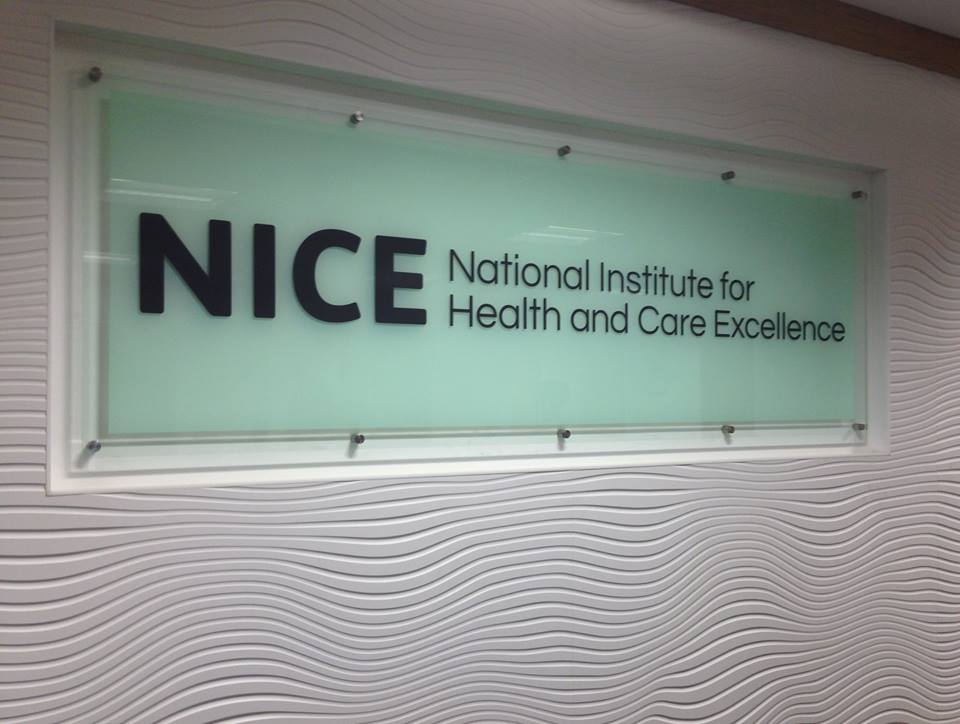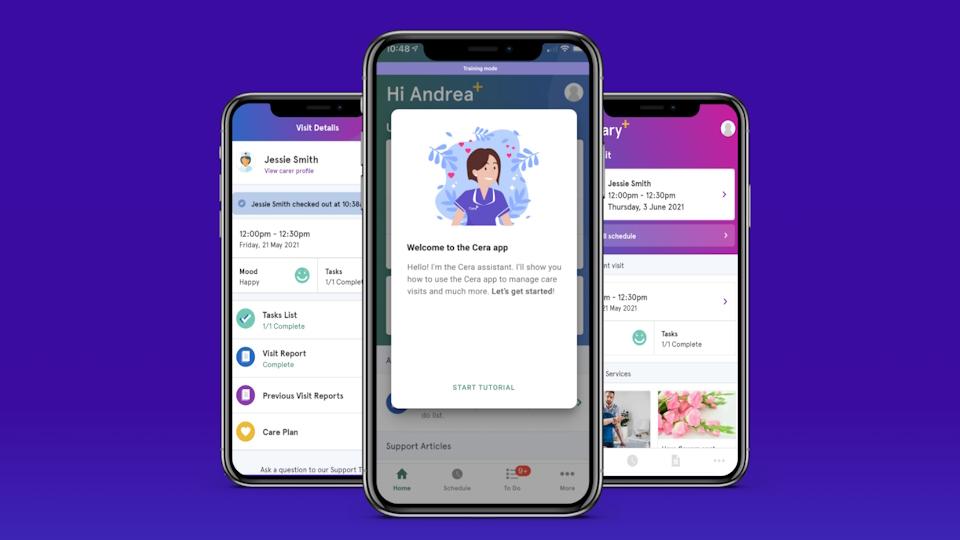NICE backs Medtronic's AF monitor in post-stroke patients

England’s NHS could prevent hundreds of strokes of unknown cause with a new implantable monitor that transmits data to doctors remotely, which is recommended for funding following draft guidance from NICE.
The Reveal LINQ monitor developed by Medtronic identifies more people who have atrial fibrillation after a cryptogenic stroke (CS) – with no identified cause – or transient ischaemic attack (TIA).
One-third of the size of an AAA battery, it is implanted under the skin in the chest usually under local anaesthetic, to track a heart’s activity over long periods of time, transmitting data back to the patient’s doctor via a mobile phone network.
Undiagnosed atrial fibrillation is believed to be responsible for a significant portion of the 30,000 cryptogenic strokes that occur each year in the UK.
Cryptogenic stroke patients have a high risk of recurrent stroke and require a confirmed atrial fibrillation diagnosis to receive appropriate preventive therapy.
Data presented to the NICE diagnostics advisory committee showed atrial fibrillation after a cryptogenic stroke was detected in five times more people using a Reveal monitor for six months compared with people who didn’t have the device implanted.
Clinical experts highlighted that it is important that non-invasive ECG monitoring is carried out first before Reveal LINQ is considered.
The cost of the Reveal LINQ is £1,800 plus the cost of implanting the device. It was assumed in the assessment that people with an implantable cardiac monitor would have one face-to-face follow up a month after the procedure and then would be remotely monitored.
Meindert Boysen, director of the NICE Centre for Health Technology Evaluation, said: “This is an innovative monitor which has the potential to reduce the number of strokes suffered by those with atrial fibrillation.
“It may mean fewer hospital visits for those with atrial fibrillation; reduce the need for rehabilitation and mean patients are reassured that AF will be detected in a timely manner so treatment can begin.
“This device can provide a level of reassurance to those who live in fear of having another stroke and we believe Reveal LINQ is likely to be a cost-effective use of NHS resources.”
NICE diagnostic guidance is not mandatory, but it is considered best practice for the NHS to implement it.
A consultation on the draft recommendations is now underway at nice.org.uk until 4 February 2020.












